Inheritance: And so the cycle ends
What will be, will be.

This article contains spoilers for Inheritance (Eragon #4). Almost a year in the making, here I gather my thoughts as the memory of the book begins to fade from my mind in preparation to finally read Murtagh.
It has been a while since I finished Inheritance and sat down to gather my thoughts. I believe that where Brisingr served to flesh out characters and motivations, Inheritance served as the perfect end to the cycle. The book has it's fair share of adventures and did a great job of establishing the main antagonist, Galbatorix. Laying the seed of change in the anatagonist, Murtagh is also dotted throughout the book as he clashes against his brother and we learn of the nature of his bond to the king.
The story switches between multiple POVs just like the previous ones and Paolini does a great job in keeping you hooked. Many-a-time I found myself jump to a future section of the book just to read what happens in the particular POV. We see from the perspectives of Eragon (ofc), Roran, Nasuada and an occasional Saphira. Saphira's POV is an interesting take on how dragons perceive the world.
Conquest
While Brisingr was more in defense, Inheritance puts the resistance into offence as they begin to move towards the capital to confront Galbatorix. We see the pressures of war and the tension of battle, which is evident by the surprise attacks from Murtagh and Thorn. It seems that there would be a calm after the storm until we are made to release that it was just brief, that we are at war and that there is no rest until the end.
Things take an even more tense turn when Nasuada is taken. Does the resistance fumble now that they are headless? The foresight of the leader allows to make sure that there is a backup plan, where Eragon takes over leadership. There are ego clashes and politics at play, but since he makes the most sensible choice, Eragon is chosen to lead.
Roran
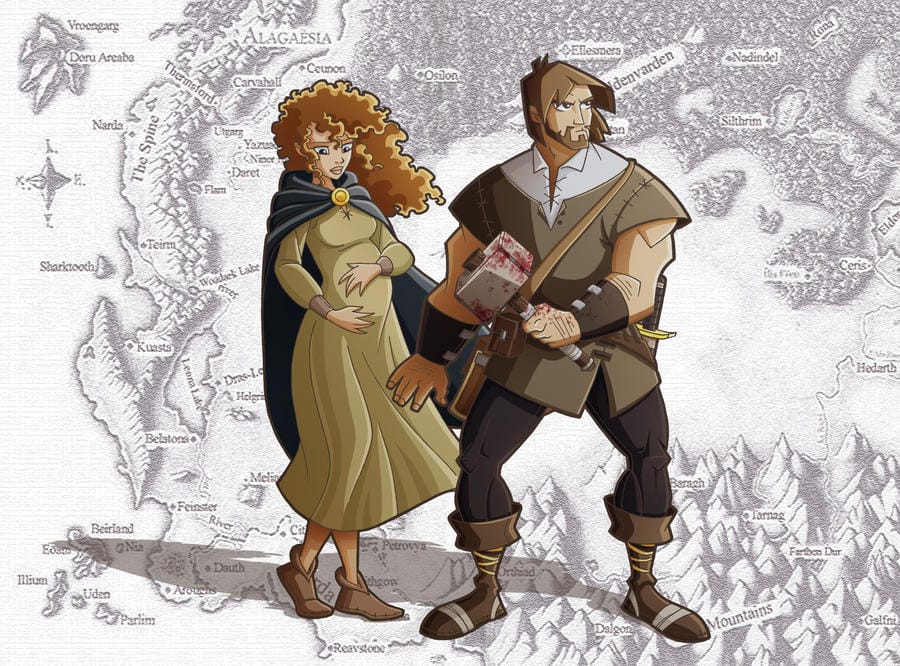
With Roran we follow the story of a warrior as he rises through the ranks with his sheer will and determination to protect and safeguard his family. While he is dispatched to different cities to serve under and later lead, we see him earn his way without any superhuman abilities (apart from his stellar hammer wielding skills, earning him the name Stronghammer).
“Have you helped Roran as well?”
Your cousin has required no assistance from us.
I loved the fact that Paolini shows us Roran trying to learn magic and failing, indicating that not everyone has access to that ability and that is ok. Roran's fear of magic and its capabilities is also not unfounded giving us an insight into how regular people in Alagaësia would feel. It also lays a foundation to Galbatorix's reasoning on controlling magic and not allowing magicians to run amok.
Nasuada
While Eldest and Brisingr already established Nasuada as a sound leader, we see her rise to the occasion in this book and even when she is taken by the king and is confronted by him, she stands her ground. Her capacity to withstand torture shows her true resilience.
The Silver Tongued King
We meet the king after Nasuada is take captive by Murtaugh. Galbatorix's interactions with Nasuada are one of the most interesting in the book. We get to see how silver-tongued the king is, a fact that is hinted at many times before. But to express it in words and to see it firsthand, we can understand how this man was able to lure many of the riders away and overthrow the reign of the Dragon Riders. In fact, the arguments he puts forth in his defense seem to fair that one would like signing up to his cause.
Murtagh
And then we have Murtagh. it is clear that his story is tragic, but to have as much unluck as him and still stay strong, not losing heart, goes to show his strength of spirit. He is not swayed by the king or the call for power, but merely submitted to the control the king exerts over him and his dragon.
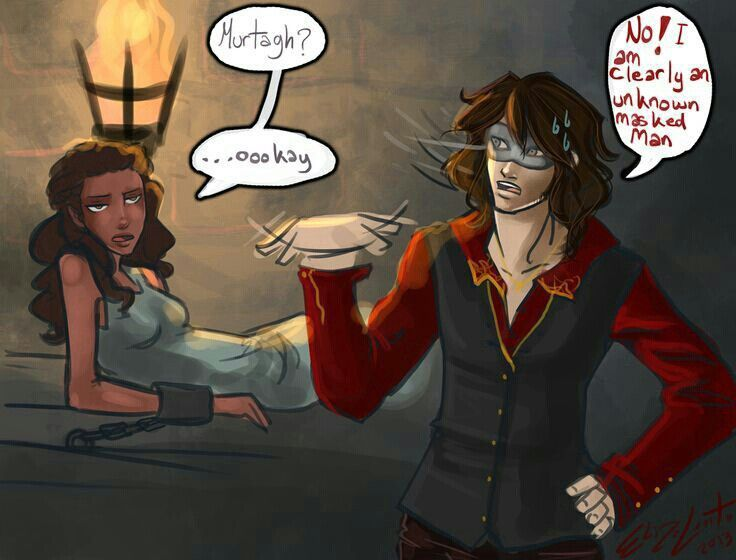
Even while he is resigned to his fate, his connection to Nasuada makes him choose to rebel against the king and finally, as that helps his character evolve, this very nature, this core of his character that transformed helps him break the bonds that hold him.
Eragon's Side Main Quest
There is a hand that guides all of fate. What if you see the hand? What you meet the minds behind it all? When we finally learn of the powers that monitor and influence the change in Alagaësia, it all makes sense to an extent. The power of the dragons are mysterious and its extent has been alluded to in the previous books. So, the biggest reveal of this book (going very much in line with the previous book) makes a whole lot of sense.
Somehow, Eragon's travel to Vroengard to find answers is very reminiscent to Luke's travel to Dagobah to find Yoda in Star Wars as he is guided by the spirit of Obi Wan Kenobi. Here the werecats serve as the guide to Eragon and help him find the direction he is seeking.
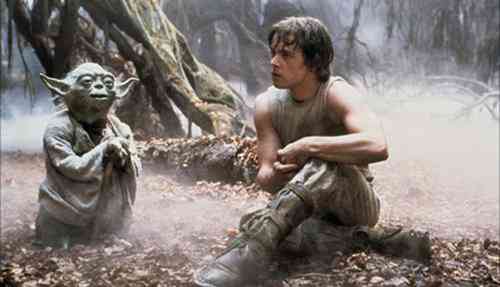
What is even more interesting though is how it all comes together answering any lingering questions and tying together loose threads from the previous books. Whether it be the prophecy in the first book or how the missing gaps in his knowledge are filled in this, Eragon has a solid reason to step away from the main battle on the quest for answers to the home of the Riders.
The Power of True Names
Names have power. That has always been the core of Paolini's magic system. The importance of true names have been touched upon in each of the books, and even more so in this book. Eragon discovering his true name, the change of names and the name to control the whole of magic.
I always found this fascinating, on how naming anything constraints it to the name. Paolini makes use of this idea to the best as it forms the core of change of heart and helps in the finale.
Is the war righteous?
As a story with a revolution against a kingdom, the question is put forth whether the reason for this fight is righteous. It goes back to Eldest, where Eragon is asked to explore his motivations to take down Galbatorix. Through Nasuada, we are faced with this question again and it is there an understanding is established.
New threats
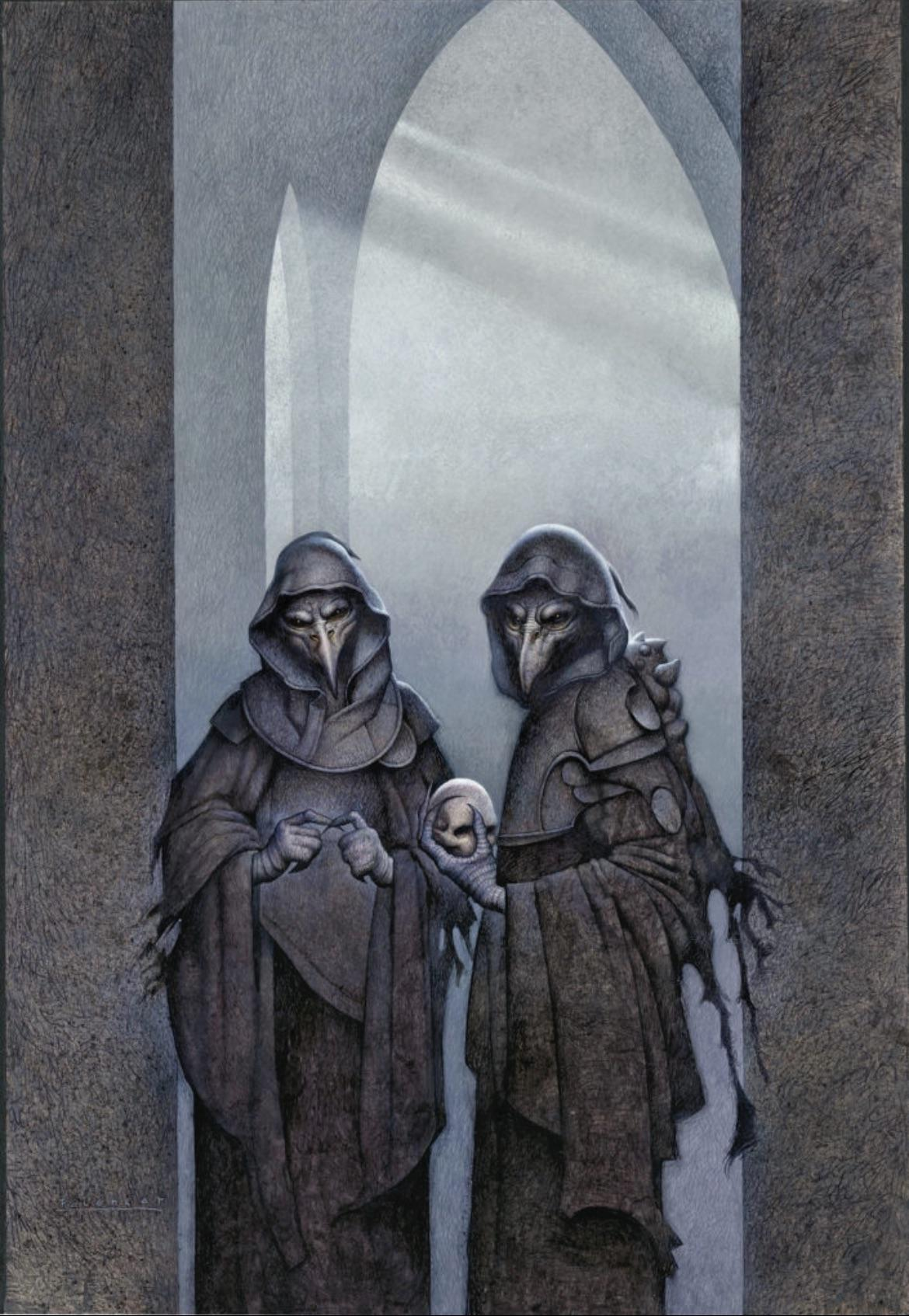
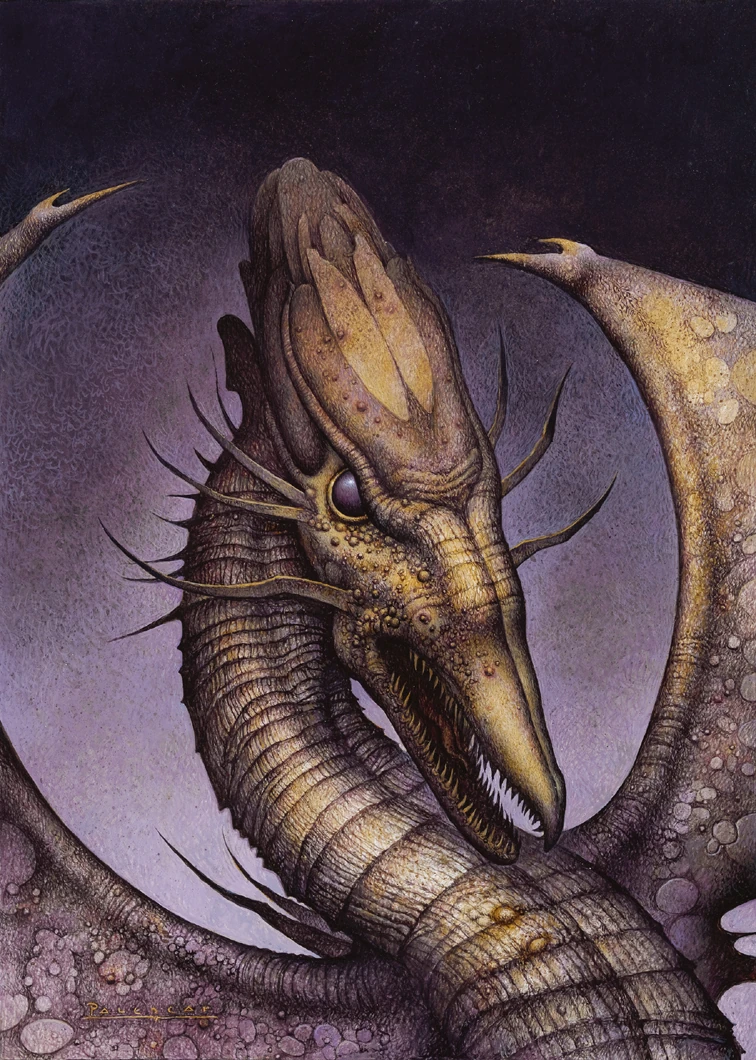
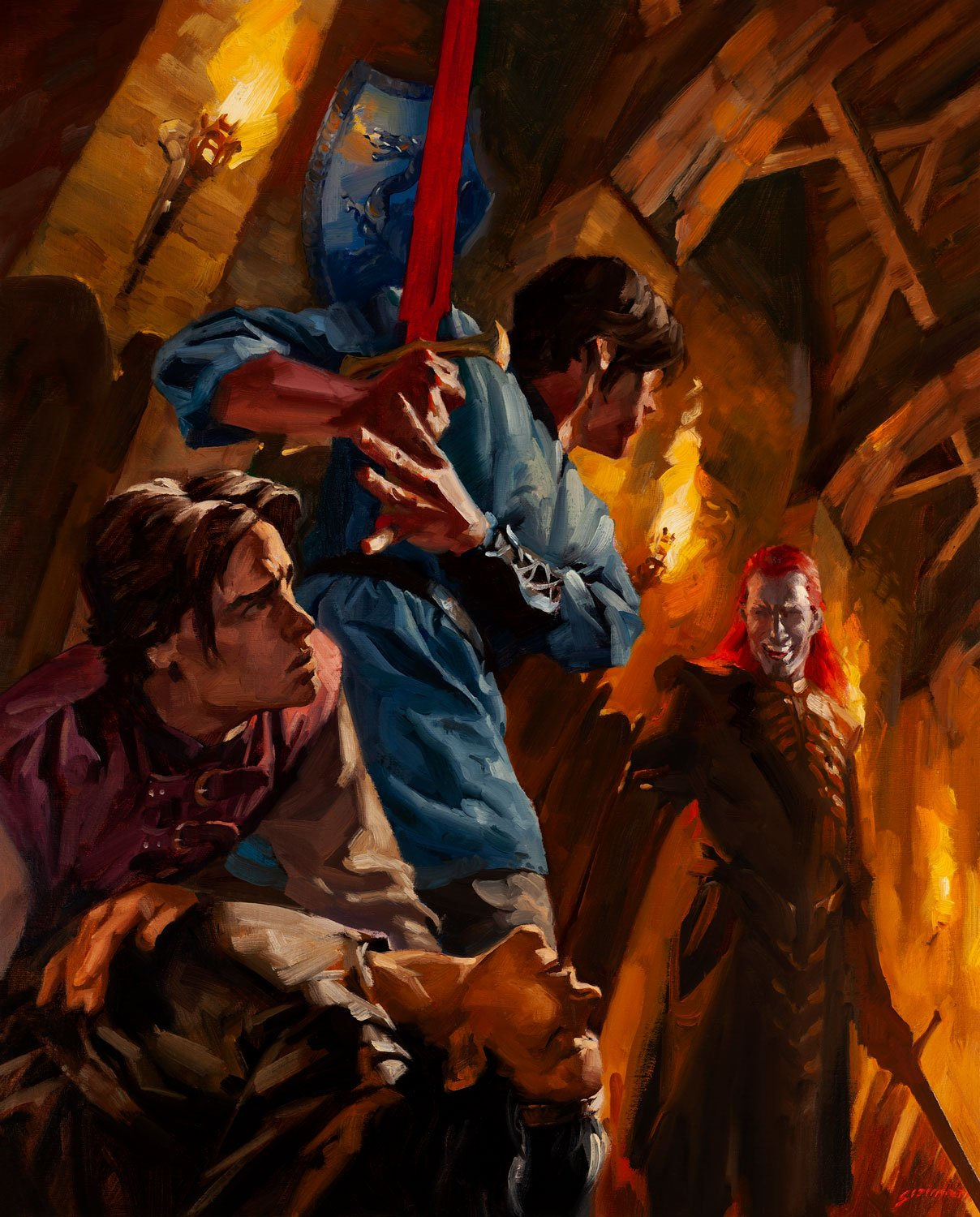
Ra'zac, Lethrblaka, Shade
Ra'zac & Lethrblaka: While the Ra'zac are destroyed, their followers aren't and we learn of the madness that exists in those people. We are shown that they weren't just the last of their race, but there are even more eggs hidden across Alaga.
Spirits: We saw spirits in the previous books and are shown that there are other threats that exist in the land apart from the king (seeds for a new book). Later we even see twelve orbs of light go out from the king indicating that he had tamed a few of them.
Shade: We see another Shade being created and while the threat is not as it was when we first encounter Durza, but to find that a group of sorcerers summon spirits and actively seek to create a Shade. It definitely is scary to think of what people can bring into the world out of fear and lack of understanding of the consequences.
The Boss Battle
How do you defeat one that is invincible?! One who has spent years gathering knowledge and actually has literal control over all of magic. The final showdown is prempted by a mini boss battle between Eragon and Murtagh and it does make for a thrilling fight.

But when it comes to the king himself, how would one even defeat a being so powerful? It does come down to the simplicity of what Eragon tries in the end and in some form, it does bring it together. Instead of an outward battle, we witness one that is inward and those ones, as we have always seen, are the hardest to win.
Tragic love
What is strange is Paolini's leanings for tragic love because in the neither of the two brothers get to have an happily ever after with their respective love interests. Here's a leader of the Dragon Riders, who has to go apart from the Queen to keep up to his responsibilites and on the other side, there is the other Queen and her love for a villian turned hero.
It makes sense that their love is doomed in the context of the bigger picture. For the sake of their responsibilities, they choose to sacrifice their love.
Out with the old, in with the new
Over the course of 4 books, Paolini gradually replaces the leadership of all races with a the next generation, which coincidentally ends up to be from the close knit group of people around Eragon. Their bonds are forged in the fires of the common war they fight and that too the one which they fight together.
Nasuada, Arya, Orrin, Nar Garzhvog and Eragon end up becoming the leaders of the major races that coexist across Alagaesia ushering in the new era after the fall of the king.
Closing thoughts
The Inheritance cycle is one of my most favorite series and I was so happy when Paolini announced and released a new book in the series, which is what prompted the reread. When I finished the cycle, I couldn't help but stop and ponder on the impact it left me with. Weeks turned to months and I did not return even to pen down these thoughts, but now, as the year draws to an end, I came back to wrap this up.
Almost a year has passed and as I recollect my thoughts, I needed a skim through the book. I jumped through key moments and marveled at how well Paolini ties all the threads together leaving us with a satisfying conclusion. It all leads to a massive boss battle as we would expect, but through it we understand the intentions and motivations of the antagonist as well the path that would lead to his eventual downfall (the one that Eragon slowly uncovers).
The seeds for another story were laid in this book and now more than 15 years later, we get that new chapter with Murtagh. I am in the middle of the anthology, The Fork, the Witch and the Worm and will soon start the new book. The Inheritance cycle shaped some of my values and holds a very special place in my heart. I would highly recommend it to you (but if you are reading this you should have ideally finished the series as this article contains spoilers).
Onto book 5, see you all, soon! Elrun ono!